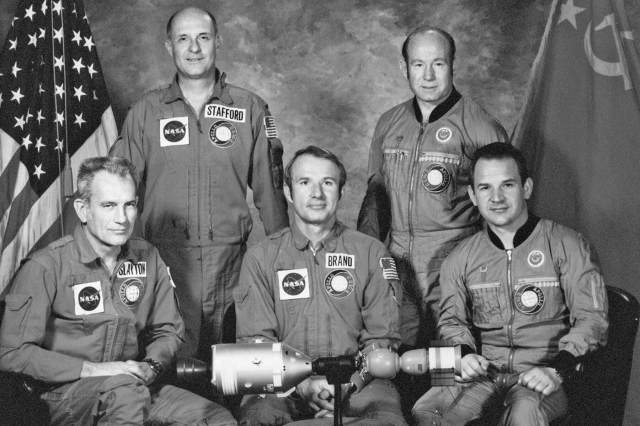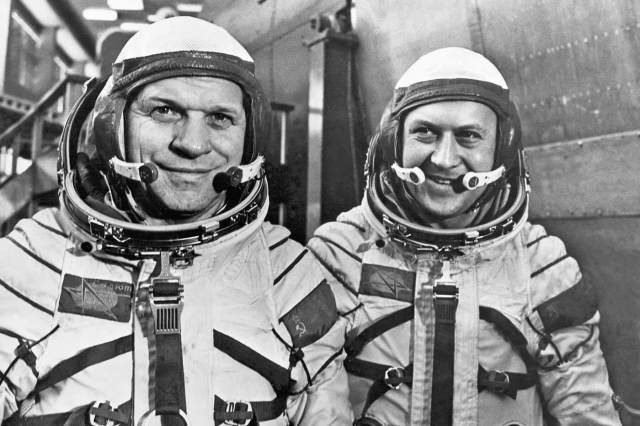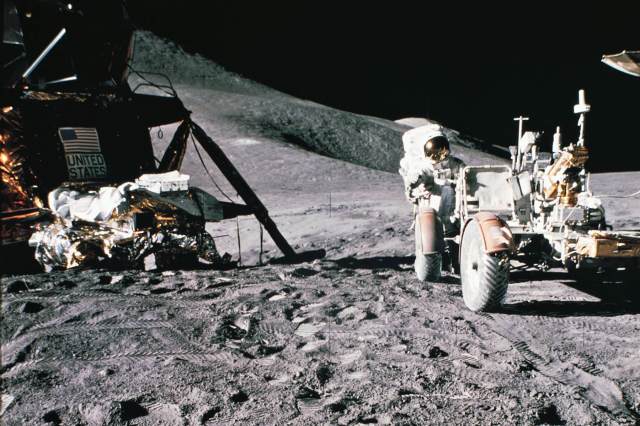6 Otherworldly Facts About the Space Race
As tensions rose on Earth during the Cold War, the United States and Soviet Union also vied for celestial supremacy. The space race between the two superpowers began shortly after World War II, and captivated the public until tensions finally eased in the 1970s. With the help of top scientists and talented pilots, Americans, Soviets, and other nations sought to do the seemingly impossible by conquering the final frontier. These decades were marked by scientific achievements and setbacks that make this space-obsessed era one of the most fascinating periods in the 20th century. Here are six facts about the space race.

Fruit Flies Became the First Animal Sent Into Space in 1947
Long before humans reached the stars, fruit flies became the first living organisms to be intentionally blasted into space. Beginning in 1946, the U.S. military conducted a series of experiments in New Mexico’s White Sands Missile Range with future space flight in mind. Utilizing V-2 ballistic missiles — which had been seized from Germany by the U.S. after World War II — the government propelled biological samples such as corn and rye seeds as far as 80 miles into the sky — well beyond the 66-mile distance that NASA now considers the limits of outer space. On February 20, 1947, a capsule containing fruit flies was affixed to one of said missiles and launched to a height of 67 miles above the ground. The flies were chosen to test the effects of cosmic radiation on living beings, and were the perfect candidate for a number of reasons, including their small size, minimal weight, and a genetic code analogous to that of humans, containing similar disease-causing genes. As the rocket began its descent, the capsule detached and drifted back down to Earth using a parachute, and the flies remained alive and unaffected.

Apollo 12 Was Struck by Lightning
In November 1969, just four months after Apollo 11 landed on the moon, the Apollo 12 mission took to the skies. But what was scheduled to be a standard launch experienced near-disaster just 36.5 seconds into the flight, as lightning struck the Saturn V rocket. The unexpected event disrupted the onboard control panels, causing astronaut Dick Gordon to confusedly exclaim, “What the hell was that?” before yet another bolt struck at the 52-second mark. With alarms blaring and equipment malfunctioning, the puzzled astronauts continued to troubleshoot the spacecraft while not fully understanding what had happened. Ultimately, the crew shifted the craft to an auxiliary power supply that allowed the mission to continue as planned. Around three minutes into the flight, astronaut Pete Conrad wondered aloud if they’d been struck by lightning, and by the 11-minute-and-34-second mark, the crew was successfully floating in space. With disaster averted, the Apollo 12 astronauts became the second group of individuals to walk on the moon.
You may also like
Recommendations For You
-
01.
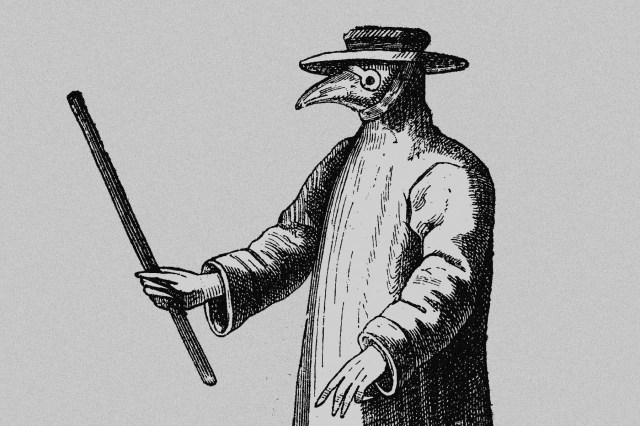 Science & Industry
Science & IndustryWhy Did Doctors Wear Beak Masks During the Bubonic Plague?
-
02.
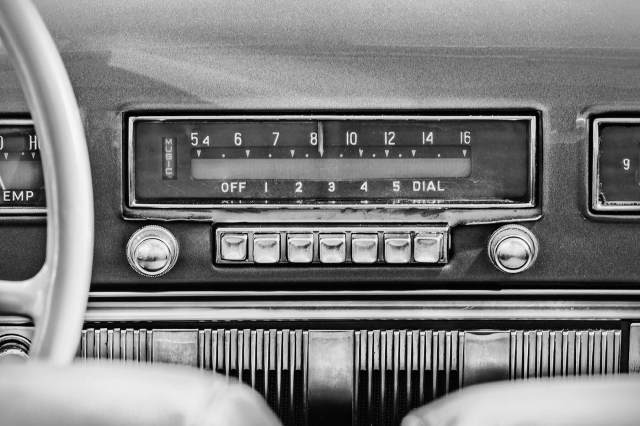 Science & Industry
Science & Industry5 Inventions That Came Out of the Great Depression
-
03.
 Science & Industry
Science & Industry6 Amazing Breakthroughs Made by the Ancient Greeks
-
04.
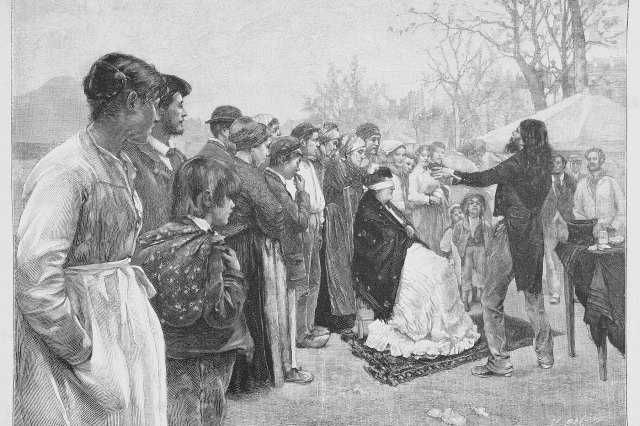 Science & Industry
Science & Industry6 Shocking “Scientific” Beliefs From Victorian England















